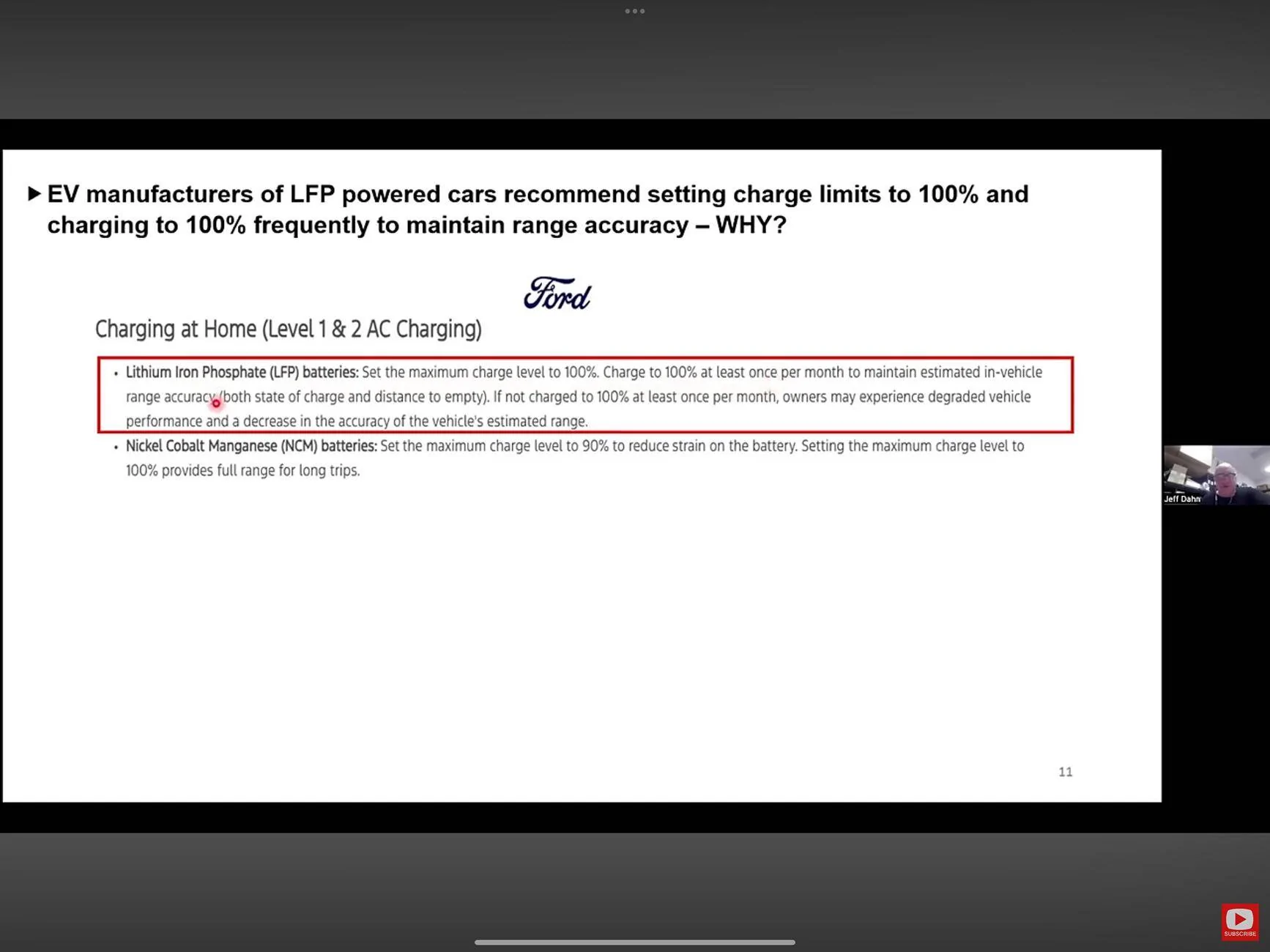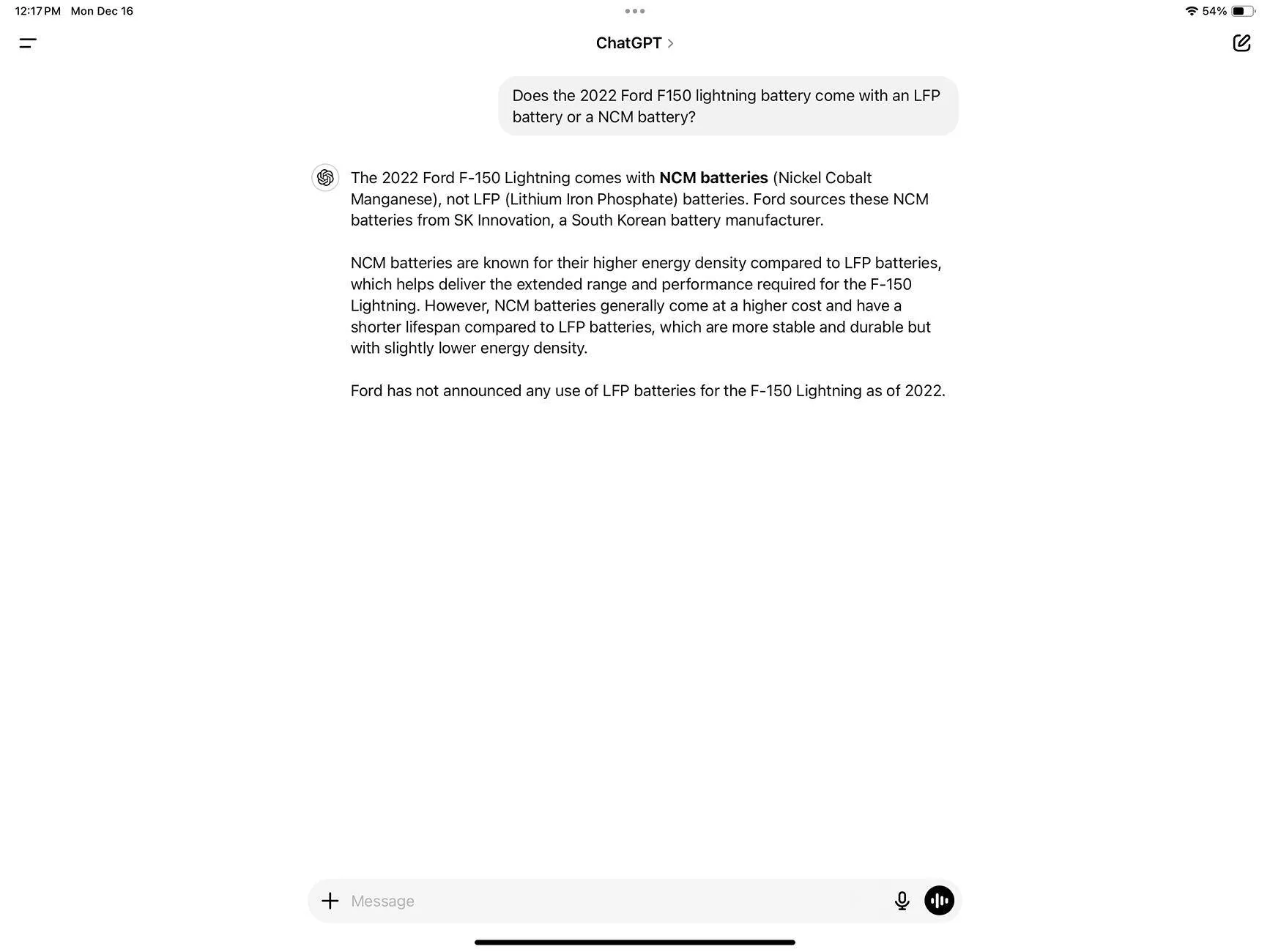GoodSam
Well-known member
Any official or unofficial references to this thought of the need to go to 100%?I believe you need to set your target SOC to 100% for the balancing to work best. Most of the balancing happens when the highest module is above 95% SOC.
Sponsored



